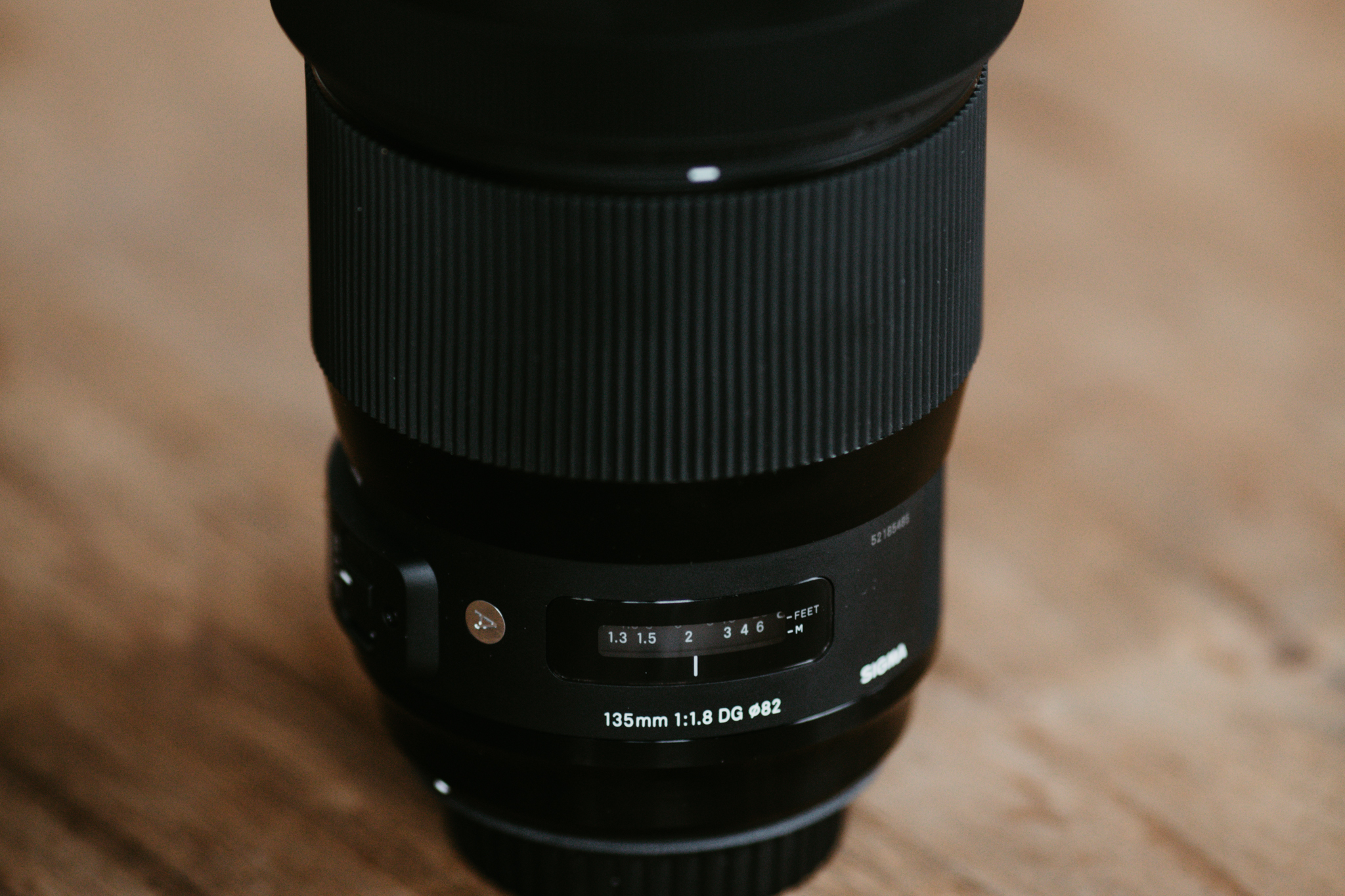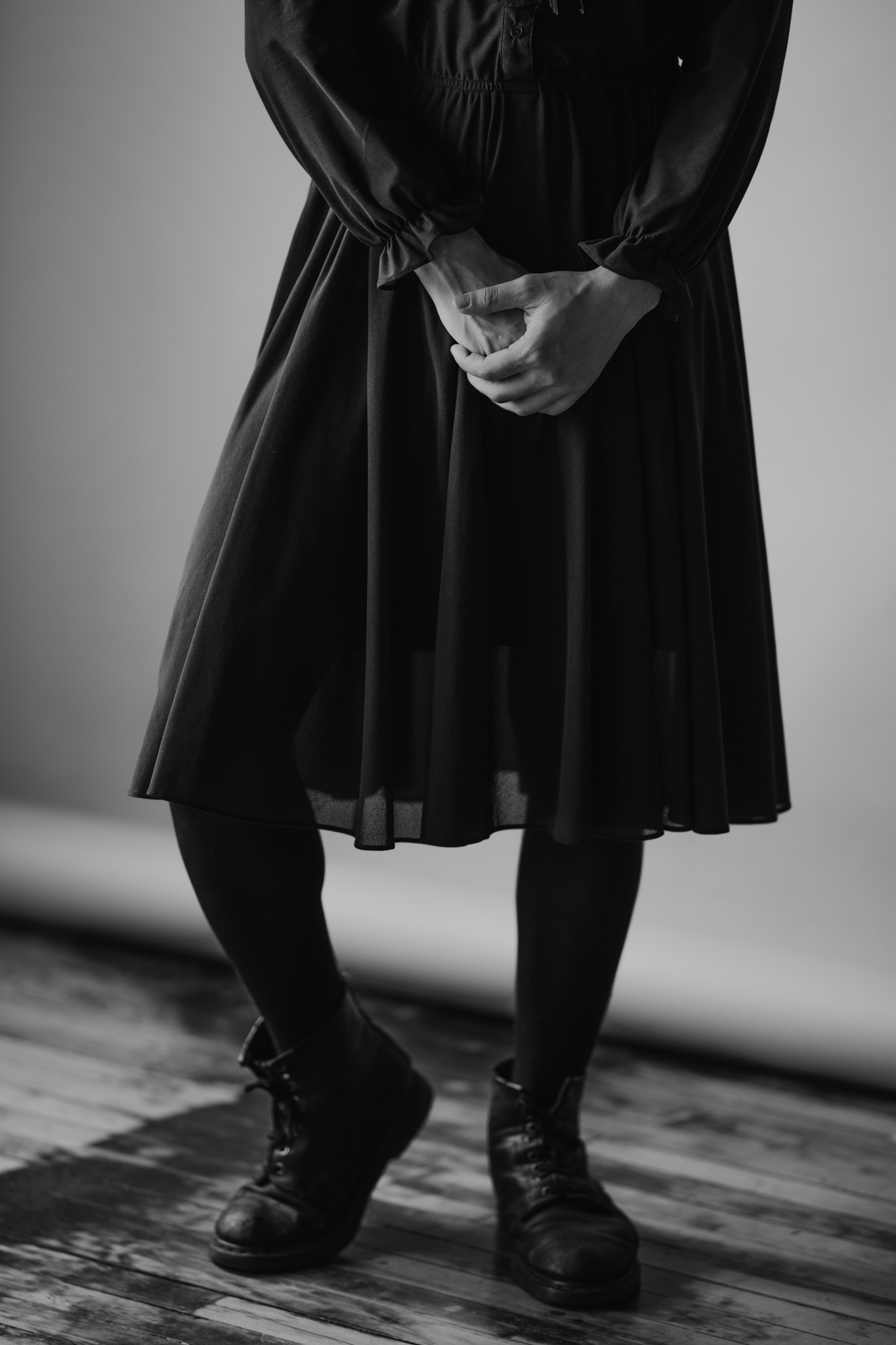Sigma 135mm F1.8 Art Lens for Canon // The Best 135mm Lens
The Sigma Art 135mm F1.8 was the lens release I most anticipated for 2017. There hasn’t been a 135mm update for over ten years— my Canon 135mm F2L (released in 1996) had become the oldest lens in my digital kit.
I tested the Sigma Art over the weekend by shooting one event and a few portrait sessions, using the 135 as my primary lens. This review is mostly based on that first impression. Also, please note that this is meant to be a working photographers review, and not a full technical breakdown. For a lab analysis of this lens, I recommend visiting the-digital-picture.com; I’ve spent hours nerding out on this site. They post thorough reviews & have a plethora of tools for comparing lenses. Another recommended site is dxomark.com, although I more often use their database for comparing camera sensors. Shout out to both The Digital Picture & Dxomark for helping me get my geek on.
Finally, know that all images in this review are color-corrected. I’ve turned off grain, lens corrections, and sharpening to give you a better idea of how the Sigma performs.
SHARPNESS:
The first question almost everyone asks about a new lens will be, Is it sharp? To which I say: Of course it is. It’s a $1,400 lens. (Sigma’s most expensive Art prime to date.)
Sharpness performs well; this lens will work fantastic on high resolution cameras for years to come. The most impressive part is how well sharpness is maintained from the very center of an image, all the way to its edges. This is attributed to the 135mm’s very sterile & clean characteristics.
VIGNETTING:
Most of my lenses vignette; this is the downside to having fast lenses. Although with programs like Lightroom & Capture One, vignette is easily removed, so I’ve never considered it much of a problem.
Left is Canon F2, Right is Sigma 1.8. Both shots are 1/100th sec at F/2, ISO 100.
While shooting, I never notice vignetting with Canon brand lenses because of Canon’s in-camera corrections. However, this feature doesn’t support third-party lenses such as Sigma, so I do notice vignette when using Sigma glass and viewing those images on the back of the camera. I’ve found this can distort my perception of what the exposure should be for a given scene. In the worst cases, like with the heavy-vignetting Sigma 24-35mm F2, your camera’s metering can be affected by up to 2 stops. This becomes most apparent in automated camera modes like AV or TV.
Thankfully the vignette on the Sigma 135 is smooth, pleasant, and not overbearing. I was also surprised to see that it vignettes less than the Canon version. I’ll likely leave it uncorrected in most of my images, as I do enjoy the focus it can give an image.
DISTORTION:
None, really. There is probably 0.1% distortion (if that).
Eli B. 1/2500 sec at f / 5.6, ISO 100
Eli B. 1/500 sec at f / 5.6, ISO 100
LOOK:
I like the simultaneous compression & depth that a 135mm gives you. The longer focal length draws in the background, while separating the subject from it. Out of all the primes I’ve owned and used, this focal length gets me closest to a “large format” look (ironically, I do shoot all my 4x5 sheet film work using a 135mm).
The compression also helps to declutter a scene or isolate a single subject. I love being able to pull in objects from the background without having it detract from an image using longer lenses like the 135.
BUILD:
This lens has an improved build quality compared to the Canon version. The Sigma 135 Art includes weather sealing and its metal body has no external screws that can come loose. Screws coming loose and falling out was a problem I had twice while owning the Canon 135mm.
The Sigma is about the same size as its Canon rival. It’s a bit heavy at 1130g (compared to Canon’s at 750g), but it feels balanced when held. Not too front or back heavy.
The Sigma and Canon 135mm lens are almost exactly the same height.
With hoods attached.
SPEED:
I would have loved to see this lens max out at 1.4, but I understand that a dip in performance may have resulted, as it would be pushing the physics of a lens this size. Regardless, at 1.8 the Sigma 135 is the fastest available lens of its kind*
*Unless you count the $2999 Mitakon Speedmaster 135mm F1.4, but less than 100 of those lens were made. Plus, let's be real, that lens is ridiculously huge.
AUTO FOCUS:
Focusing happens internally using a Hyper Sonic Motor. This makes it fast, reliable, and practically silent. Photographers Sam Hurd (fast forward to 30:50) & Kaiman Wong have called the Canon 135mm Canon’s fastest focusing lens. The Sigma lens is on par, if not slightly faster. Full-time manual focus is also available.
FOCUS RANGE:
The Sigma 135 isn’t considered a macro lens, but it does focus very close for its class. On paper, Sigma says this lens will focus as close as 0.875 meters.
CONCLUSION:
Sigma has outdone themselves with this lens. The look and feel are a welcome improvement to the 135mm focal length, which hasn’t been updated since the 90s. The lens offers all the specs I was looking for in a 135mm, while maintaining much of the Canon’s original flavor. I sense that the Sigma 135mm was designed with future ultra-high resolution cameras in mind, and that it will perform great on any camera for years to come. I feel the price is justified. Although this is Sigma's most expensive Art prime lens, Sigma continues to produces lenses that raise the standard. I cannot wait to see what innovations they come up with next. Overall I consider the Sigma 135mm F1.8 Art the best 135mm lens for Canon DSLR cameras.
















